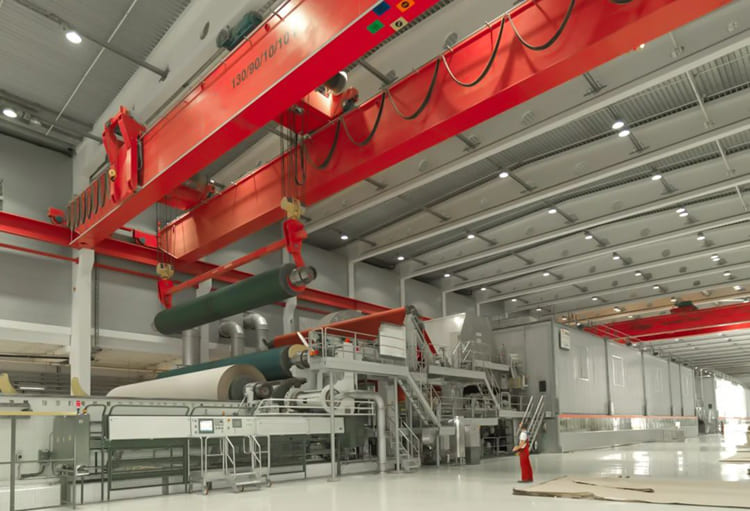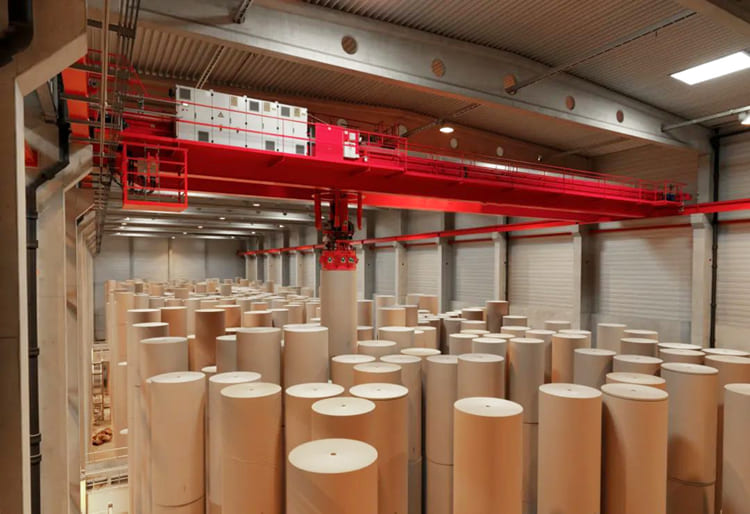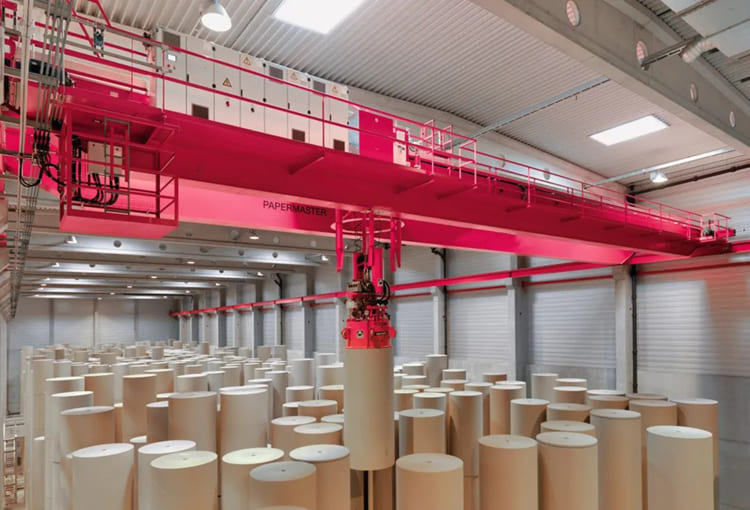The three-level maintenance originated from the TPM (Total Person Maintenance) concept of equipment management. All employees of the company participate in the maintenance and upkeep of the equipment. However, due to different roles and responsibilities, each employee cannot fully participate in equipment maintenance. Therefore, it is necessary to divide maintenance work specifically. Assign a certain type of maintenance work to employees at different levels. In this way, a three-level maintenance system was born.
The key to three-level maintenance is to layer and associate the maintenance work and personnel involved. Allocating work at different levels to the most suitable personnel will ensure the safe operation of crane.
SEVENCRANE has conducted a comprehensive and in-depth analysis of common faults and maintenance work of lifting equipment, and established a comprehensive three-level preventive maintenance system.
Of course, professionally trained service personnel from SEVENCRANE can complete all three levels of maintenance. However, the planning and implementation of maintenance work still follows the three-level maintenance system.
Division of three-level maintenance system
First level maintenance:
Daily inspection: Inspection and judgment conducted through seeing, listening, and even intuition. Generally, check the power supply, controller, and load-bearing system.
Responsible person: operator
Second level maintenance:
Monthly inspection: Lubrication and fastening work. Inspection of connectors. Surface inspection of safety facilities, vulnerable parts, and electrical equipment.
Responsible person: on-site electrical and mechanical maintenance personnel
Third level maintenance:
Annual inspection: Disassemble the equipment for replacement. For example, major repairs and modifications, replacement of electrical components.
Responsible person: professional personnel
The efficacy of three-level maintenance
First level maintenance:
60% of crane failures are directly related to primary maintenance, and daily inspections by operators can reduce the failure rate by 50%.
Second level maintenance:
30% of crane failures are related to secondary maintenance work, and standard secondary maintenance can reduce the failure rate by 40%.
Third level maintenance:
10% of crane failures are caused by inadequate third level maintenance, which can only reduce the failure rate by 10%.
Process of three-level maintenance system
- Conduct quantitative analysis based on the operating conditions, frequency, and load of the user’s material conveying equipment.
- Determine preventive maintenance plans based on the current situation of the crane.
- Specify daily, monthly, and annual inspection plans for users.
- Implementation of on-site plan: on-site preventive maintenance
- Determine the spare parts plan based on the inspection and maintenance status.
- Establish maintenance records for lifting equipment.










